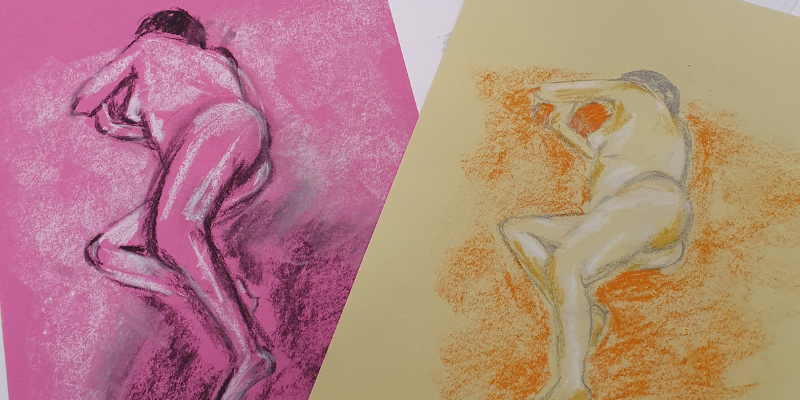From Cocoon to Loom: Picturing the Chinese Silk Trade

- <b>Until:</b> Saturday 24 August 2024
- Location: The Stanley & Audrey Burton Gallery
- Cost: Free
Explore the ingenious process of silk production, weaving and trade through historic paintings, textiles, books – and discover where the magic begins, with some examples of the silkworm’s cocoon.
The paintings were created for the export market in China during the late 18th and 19th centuries, to supply a demand for souvenirs among Western merchants and visitors. Painted quickly on pith paper, they’re fascinating both for their vibrant clarity, and as records of life and work in the late Qing dynasty.
Alongside the artworks are Qing Dynasty silk textiles collected in the 1930s by Professor Aldred Barker, a previous head of the Department of Textile Industries. Publications, specimens and ‘education’ collections demonstrate the Western curiosity in this luxurious fibre.
The Clemens N Nathan Collection of Textile Prints and Watercolours
This unique collection of over 50 watercolours, oil paintings and engravings, dating from the 18th and 19th centuries and depicting historic textile processes, was donated to the University of Leeds Art Collection by the Nathan family in 2016.
The Collection was built up in the 1950s by Kurt A. Nathan, and continued by his son Clemens. Escaping Nazi persecution in the mid-1930s, Kurt and his family moved to the UK, founding Cunart in London. The company’s name is a compound of ‘Cu’ for Kurt, ‘n’ for Nathan and ‘art’ for ARTificial silk. Clemens joined Kurt in the business, and took over as managing director after his father’s death. He built Cunart into one of the largest textile agencies in the country.
The Nathan Collection is testament to both men’s fascination with the history of textile manufacturing, the social history of the workforce – including labour rights – and the representation of all of this in visual art. The series of Chinese watercolours documenting silk production are at the heart of the Collection; other highlights are three Käthe Kollwitz engravings of the Weavers’ Uprising in Silesia in the 1890s, and a complete set of Hogarth’s 'Industry and Idleness' etchings.



